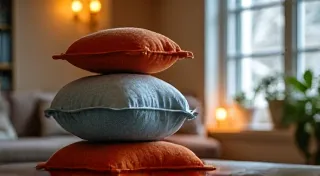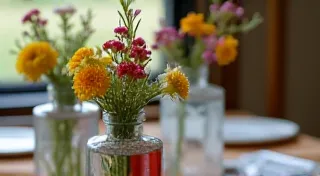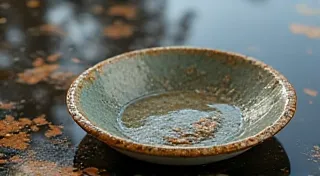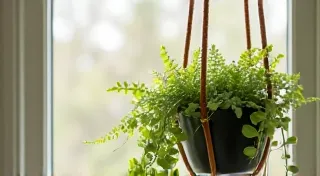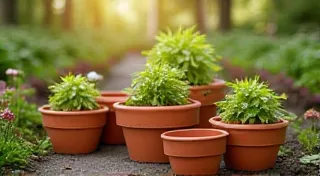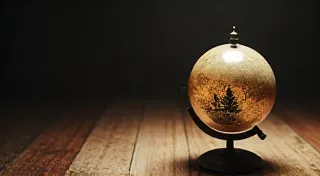The Alchemist's Hearth: Transforming Discarded Dreams into Domestic Sanctuary
There's a quiet poetry in the forgotten. In the chipped teacup gathering dust in the attic, the splintered remains of a wooden chair, the faded floral pattern on a linen tablecloth. These aren't simply objects; they're echoes of lives lived, stories whispered, moments cherished. To repurpose them isn't mere crafting; it's an act of reverence, an alchemy of the hearth.
I remember, as a child, my grandfather had an accordion. Not a pristine, concert-hall instrument, but one scarred with the patina of travel and time. It was a deep burgundy, the bellows slightly cracked, a few of the keys stubbornly refusing to sing. He’s long gone, but the image of him attempting to coax a melody from it—a valiant, imperfect performance—is etched in my memory. The accordion itself, now dismantled and its components carefully stored, serves as a poignant reminder: beauty isn't always flawless; often, it's found in the imperfections, the marks of a life well-lived.
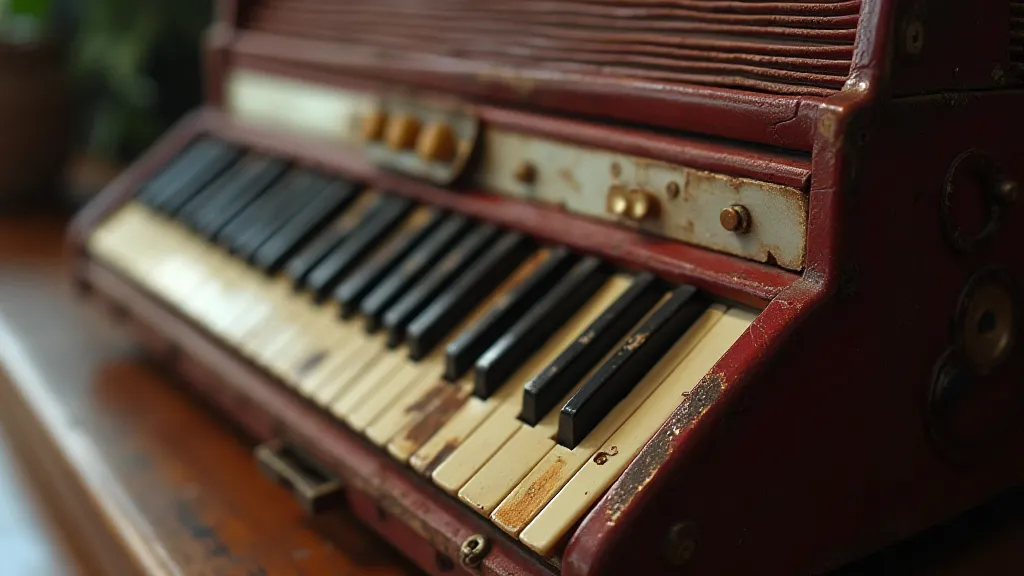
The Philosophy of Upcycling: Beyond Utility
For years, the focus of DIY was often about sheer practicality—finding cheap materials and making something functional. While that's certainly a valid pursuit, the truly transformative power of upcycling lies in something deeper. It’s about imbuing a space with character, with a narrative that transcends mere decoration. It's about acknowledging the history of an object and allowing that history to inform its new life. A piece of salvaged wood, for instance, might have once formed part of a barn, witnessing decades of sunshine and storms. The knots and grain patterns aren't flaws; they're a testament to its journey.
Consider the surge in popularity of farmhouse style. It’s not just about shiplap and distressed furniture; it's a longing for authenticity, for connection to the past. We’ve become increasingly aware of the environmental impact of mass-produced goods, and upcycling offers a powerful antidote – a way to reduce waste and create something genuinely unique.
Project Ideas: From Beginner to Artisan
Let's explore some project ideas, categorized by skill level, that embrace this philosophy. Remember, the key is to approach each project with an appreciation for the original material and a desire to honor its inherent qualities. Don’t be afraid to experiment; the most beautiful creations often arise from unexpected combinations.
Beginner-Friendly Projects
Faded Linen Tablecloth to Pillow Covers: That forgotten floral tablecloth? Transform it into charming pillow covers. Simple sewing skills are all that's required. The faded pattern adds instant vintage appeal. Consider adding a contrasting fabric trim for added visual interest.
Broken Ceramic Tiles to Mosaic Planters: Don’t toss those shattered ceramic pieces! Use them to create beautiful mosaic planters. The irregular shapes and varying colors will add a unique, artistic flair to your outdoor space. Grout the tiles securely and seal the planter to protect it from the elements.
Old Sweaters to Cozy Throws:** Repurpose old sweaters (particularly those with interesting textures or cable-knit patterns) into cozy throws or cushions. This is a great way to give new life to clothing that might otherwise end up in a landfill. You can find numerous no-sew tutorials online for this project.
Intermediate Projects
Salvaged Wood Headboard: Gather pieces of reclaimed wood – pallet wood, barn wood, or even old fence posts – to create a rustic headboard. The natural variations in color and texture will add warmth and character to your bedroom. Consider adding metal accents for an industrial touch.
Chipped China Mosaics: Similar to the tile project, but with even greater potential for artistry. Carefully break (safely!) pieces of chipped china to create intricate mosaics for tabletops, wall art, or even stepping stones. The delicate patterns and subtle colors of antique china can be truly stunning.
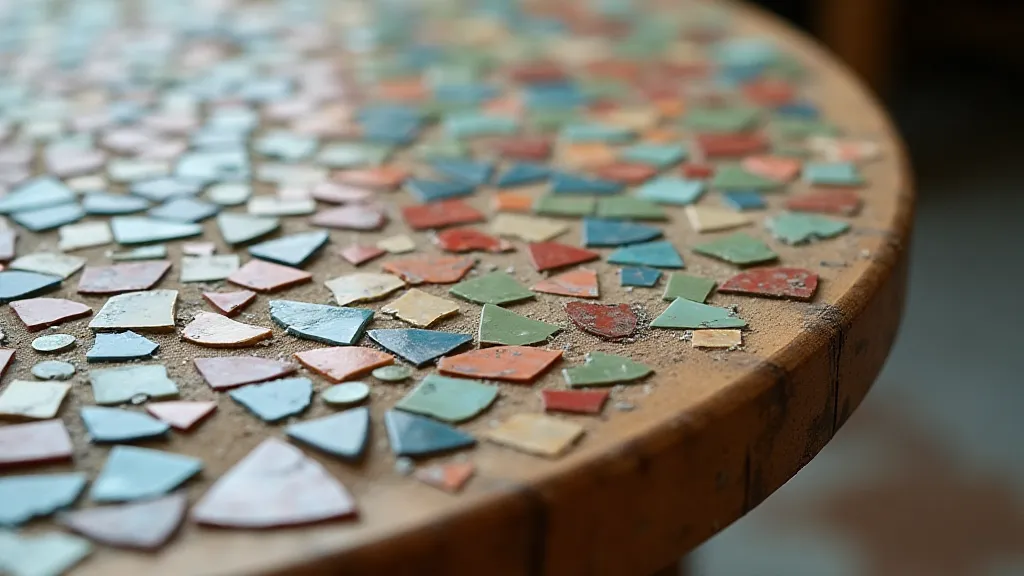
Advanced Projects: Honoring the Craft
Accordion Component Art:** For the truly adventurous – and respectful – consider utilizing parts of old accordions. Not to build a functioning instrument (that requires expertise!), but to create sculptural wall art or decorative pieces. The bellows can be stretched across a frame to create an interesting texture, while the keys can be arranged in patterns. This requires sensitivity and an understanding of the instrument’s history. Imagine the stories those keys have witnessed!
Reclaimed Door Headboard with Distressed Finish:** This project combines several techniques. A salvaged door becomes a stunning headboard. The original paint is distressed to reveal layers of history, and decorative elements – antique knobs, repurposed metal brackets – are added to enhance its character. This demonstrates a deep appreciation for the object’s past and a desire to celebrate its imperfections.
Collecting and Restoration: A Deeper Appreciation
Engaging with upcycled materials often sparks an interest in collecting and restoration. Learning about the history of an object – its provenance, its construction, its original purpose – adds another layer of appreciation. Even if you're not interested in full-scale restoration (which requires specialized skills), simply researching an object's origins can enrich your creative process. Understanding how a piece of furniture was originally constructed, for instance, can inform how you repurpose it. Antique shops and flea markets are treasure troves of forgotten stories – and potential creative inspiration.
Restoring a piece isn't always about returning it to its original condition. Often, it’s about stabilizing it, preserving its integrity, and celebrating its character. The marks of time – the scratches, the fading, the wear – are part of its story. Embrace those imperfections. They are a testament to a life lived.
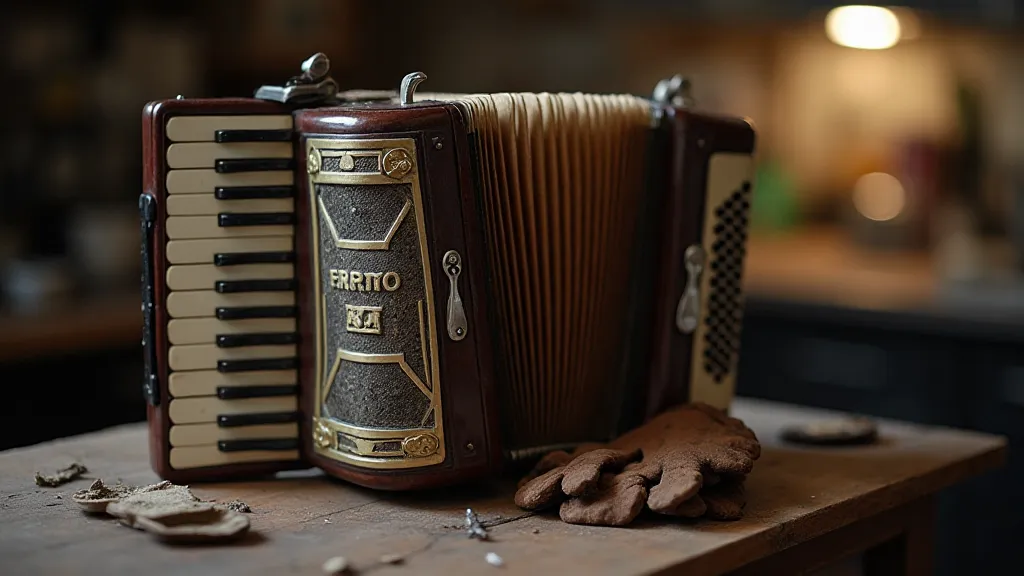
The Alchemy of the Hearth
Transforming discarded dreams into domestic sanctuary isn’t just about crafting; it’s about connection. A connection to the past, a connection to the earth, and a connection to our own creativity. Each upcycled piece tells a story – a story of resilience, resourcefulness, and beauty found in unexpected places. And as we imbue our homes with these stories, we create spaces that are not just beautiful, but deeply meaningful – havens reflecting the richness and complexity of our own lives.
